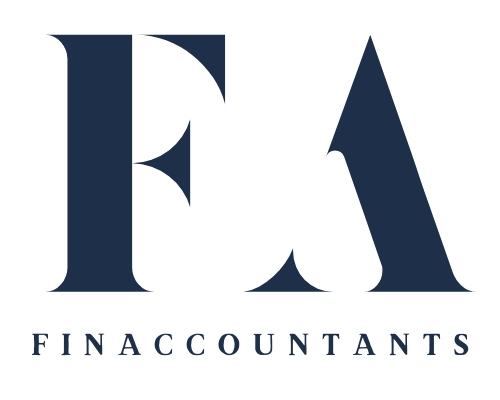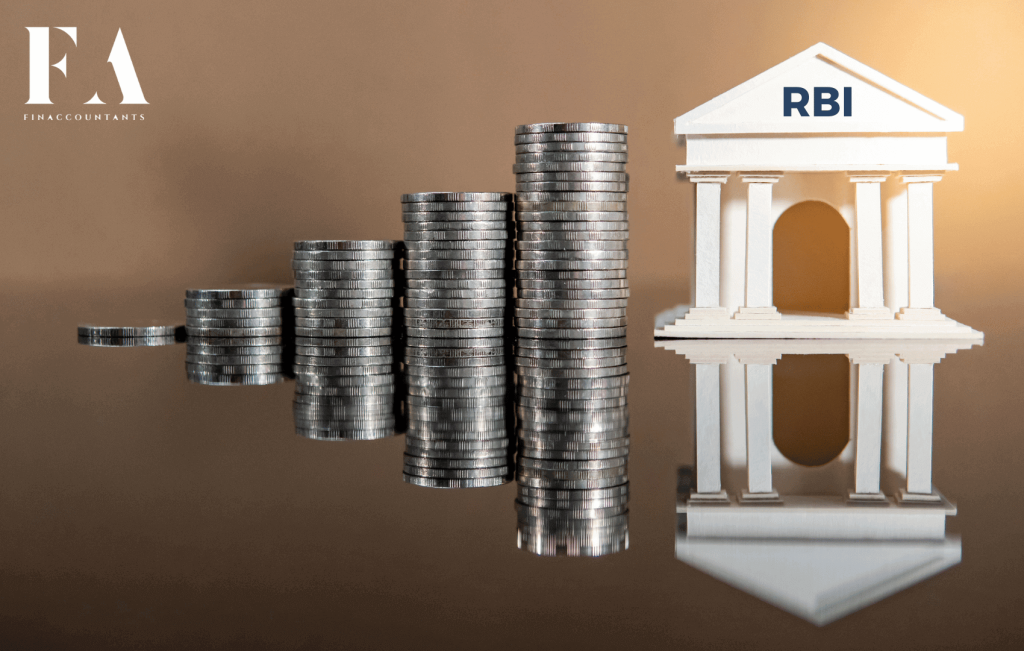For the last few days, the repo rate has been on the lips of the common people. Everyone is saying that RBI has increased the EMI of their home, personal, and car loans by increasing the repo rate. Some people are aware of the repo rate, but most people have no idea about it.
So what is the meaning of this repo rate, and how does it make a difference in the lives of ordinary people? How does it control small industries and big economies, and how does it control inflation?
What is Repo Rate?
We all know that banks provide a means for the common man to transact money. But where does the money come to the bank, and where does it give such considerable loans to the people? Do you also think that the bank provides cash from its pocket? If yes, then you are wrong.
Banks take a loan from RBI (Reserve Bank of India) just like we take a loan from a bank. And after taking a loan from RBI, they distribute that loan among you people in the form of home loans, car loans, education loans, and personal loans and collect EMI from you in return.
When the bank takes a loan from RBI, it must pay a fixed interest rate on that loan. And this rate at which the bank repays the loan to RBI is called Repo Rate.
Effect of Repo rate on common man and economy.
Whenever RBI feels that there is more cash flow in the market (more cash flow means people are spending more money), it increases the repo rate, making it difficult for banks to take loans from RBI because no bank wants to pay more interest on the loan. Now, if banks take a loan from RBI at a higher interest rate, then it means that they will give loans to the general public at higher interest, and due to this, the EMI of the loan will increase.
Now in such a situation, people will not take loans for a certain period of time because they do not want to pay a higher interest rate to the bank, due to which people will have less money. The cash flow in the market, i.e., people’s spending power, will be reduced.
Experts explain the meaning of repo rate. RBI raises the repo rate after inflation increases and reduces it when there is deflation. Whereas the reverse repo rate is the interest rate at which commercial banks keep their deposits with RBI. Experts say that when commercial banks face a shortage of funds, they take a day loan from RBI by selling RBI-approved securities like treasury bills (exceeding their statutory liquidity ratio limit).
At this rate, banks provide retail loans to the general public. If RBI raises the repo rate, it becomes difficult for banks to borrow from it, reduces cash flow in the economy, and curbs inflation. A reduction in the repo rate leads to an increase in the cash flow in the economy as loans become cheaper and expenditure increases in the economy. This is one way to overcome the recession. RBI holds bi-monthly meetings to reduce or increase it.
RBI has increased the repo rate to remove the excess supply of money from the market. Suppose RBI increases the repo rate, which means that commercial banks will have to pay more interest.
For this, they transfer the increased rates in the form of repo rates to the loans of the common people. This means banks increase home, personal, and car loan interest rates. At the same time, to get more and more deposits from the banks, they increase the interest rates of savings and FD and term deposits so that people deposit in more and more banks in the greed for more interest. This way flow of liquidity from the market is reduced considerably.
Who decides the Repo Rate?
RBI’s Monetary Policy Committee decides the repo rates, which currently has 16 members. The chairman of this committee is the RBI governor, who is presently Shaktikanta Das. These committees fix the repo rate based on inflation and fiscal estimates. The primary objective of the Monetary Policy Committee (MPC) set up to improve the repo rate is to keep inflation under check and ensure that it remains within the target range.
Effect of Repo Rate on small business.
Small businesses, in most cases, either take loans from banks or rely on overdrafts to help finance their business activities.
If small businesses take a loan, they will also have to pay interest at some rate on it. If the RBI increases the repo rate, the bank will also charge money in the loan given at a higher rate of interest, and the EMI will increase. In such a situation, the earnings of small businesses will be affected.
Any small business can be affected in two ways by the interest rates hiked by banks due to corporate reasons-
Customers with loans will have less money to spend because EMI will have to be paid more; in such a situation, if they buy fewer goods, then the sales of small businesses will also decrease.
And suppose the activities are carried out by overdraft. In that case, it will increase the business’s cost as now they will have to pay more interest.
By the way, the change in the repo rate and bank interest rates varies from business to business; small businesses that make expensive goods suffer more because people’s income decreases due to increased repo rates, because of which they ignore buying expensive goods or non-essential items.




Leave a Reply